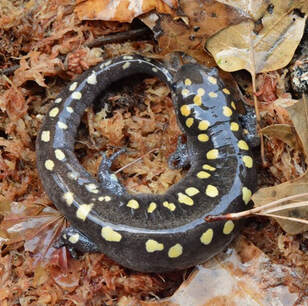 Photo by Tom Earnhardt Photo by Tom Earnhardt Populations of the world’s wild animals have fallen by more than 50 percent in recent decades and humanity is to blame. The popular news magazine, THE WEEK, reported on February 22, 2019, that the swelling human population (now 7.5 billion and mushrooming) has already had devastating impacts on the Earth’s wildlife. We’ve driven thousands of species to the edge of extinction through habitat loss, overfishing and hunting, trophy animal collection, introduction of harmful invasive species, toxic pollution, and climate change. Over the past 40 years, the number of wild animals–mammals, birds, reptiles, amphibians, insects, and marine life–have plunged by 50 percent. The World Wildlife Fund (WWF) estimates that populations of higher-order vertebrate animal species have decreased by an average of 60 percent since 1970. <<continued . . .>>
3 Comments
|
When we see land as a community to which we belong, we may begin to use it with love and respect.... Conservation, viewed in its entirety, is the slow and laborious unfolding of a new relationship between people and land." There is in fact no distinction between the fate of the land and the fate of the people. When one is abused, the other suffers. From the PresidentSCP President Chuck Roe looked at land conservation along the route of John Muir's "Southern Trek." About ViewpointThis blog offers views of our Board and partners. We invite your viewpoint on the following questions: Archives
April 2024
Categories
All
|

 RSS Feed
RSS Feed